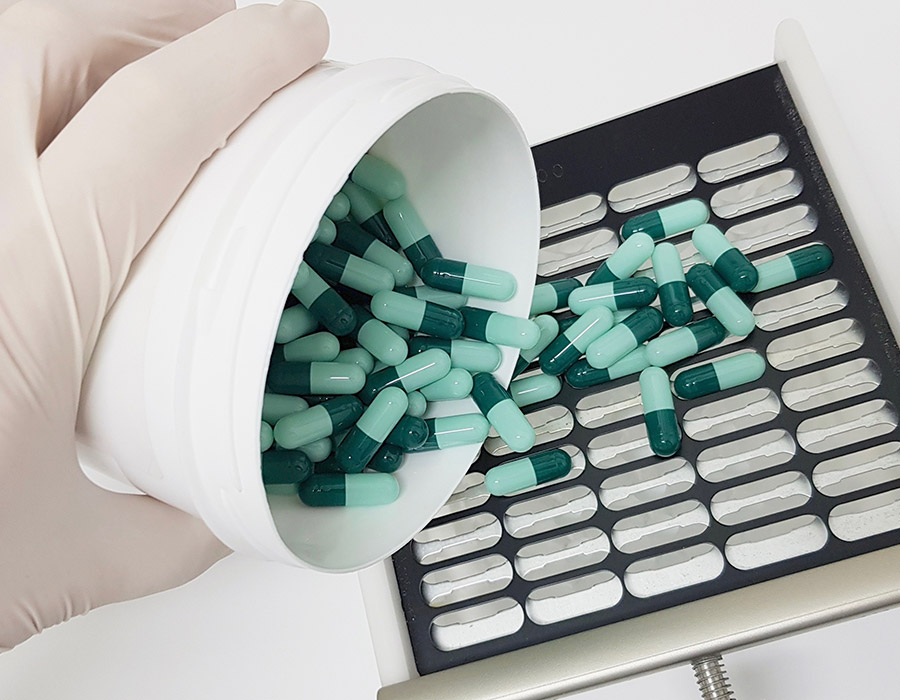
The practice of pharmacy compounding is becoming a popular solution to veterinary problems. Compounding is the art and science of preparing customized medications for patients. Its resurgence in recent years provides valuable benefits to today’s pet owner.
© 2007 – 2024 – King’s Pharmacy & Compounding Center
Adding {{itemName}} to cart
Added {{itemName}} to cart